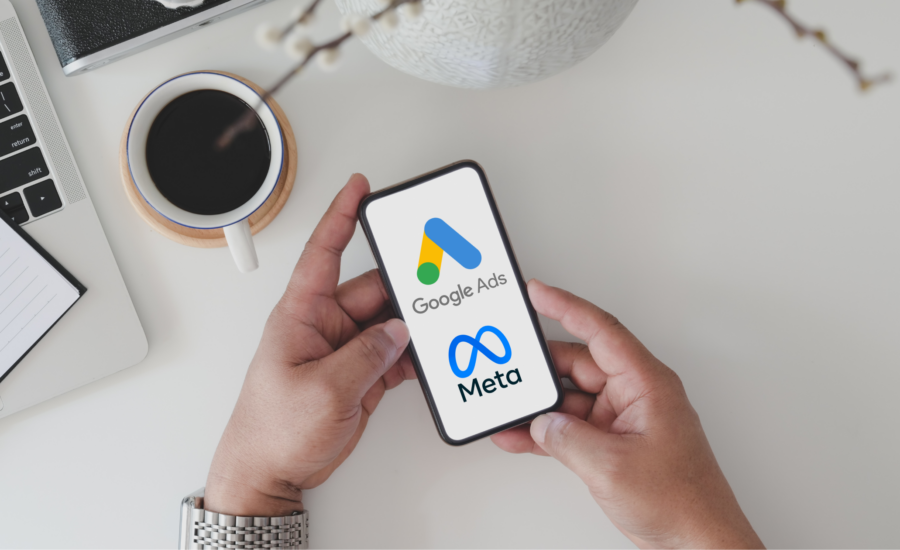If your paid ads are underperforming, the issue might not be your messaging. It might be the platform you are using. At Onimod Global, we have audited countless ad accounts and discovered a consistent mistake: choosing the
Digital Marketing Archives - Page 2 of 43 - Onimod Global
- Home
- Digital Marketing
Digital marketing in 2025 isn't just evolving—it's transforming the way brands build genuine connections with their audiences. While foundational elements like AI, personalization, and data analytics remain pivotal, exciting new trends are redefining the digital landscape at
In 2025, the financial, insurance, and banking sectors are navigating a rapidly evolving advertising landscape. At Onimod Global, we specialize in guiding these industries through the complexities of modern marketing. Here's an in-depth look at the current
Marketing isn’t just changing—it’s getting personal. In 2025, your audience expects more than relevance—they expect recognition. They want to feel seen, heard, and understood at every digital touchpoint. And if your brand isn’t speaking directly to them?
Marketers are no strangers to adapting in times of volatility. Over the past few years, we’ve steered brands through global health crises, political shifts, and economic headwinds—building a toolkit of strategies to stay agile and connected with
Amazon is making its boldest move in artificial intelligence with the upcoming launch of advanced reasoning AI under its Nova brand. Set for release in June 2025, this AI model is designed to challenge the dominance of
Digital marketing is set to remain the fastest-growing media channel, projected to reach $513 billion and account for 62.7% of global ad spend. This rapid expansion highlights the increasing dominance of digital marketing channels and the fierce
In 2025, sustainability has evolved from being a mere corporate buzzword to a core pillar of successful marketing strategies. Consumers are increasingly holding brands accountable for their environmental impact. In fact, 55% of consumers would sever ties with brands
Did you know that 72% of marketers say content creation is their most effective SEO tactic? In today's crowded digital landscape, engaging content is essential. It helps your brand stand out, builds authority, and fosters genuine connections















